In these early days, around 2006, Mike Cook—known as OldManMike on RC Groups—collaborated with a few hobbyists, including Jim and Rusty, myself on the Draganflyer. Jim played a key role in organizing and sharing knowledge, even creating the invaluable Quadrocopter and Tricopter Info Mega List, a crucial resource for enthusiasts: https://www.rcgroups.com/forums/showthread.php?1097355-Quadrocopter-and-Tricopter-Info-Mega-Link-Index!!
Mike Drammer was instrumental in the development of the Spectrolutions board, one of the earliest flight controllers. These boards were well-crafted and innovative for their time, allowing hobbyists to push the boundaries of drone technology. However, their functionality was constrained by the use of infrared sensors, which limited their reliability. Meanwhile, Mike Cook designed an early ESC system and a camera mount made from a pool noodle and elastic bands. Though crude by today’s standards, this setup worked remarkably well and showcased the creativity and resourcefulness of early innovators. Mike Cook also pioneered concepts like the “moonbounce,” an innovative method of bouncing signals off the moon to communicate over vast distances. His groundbreaking work in this area, detailed on his website AF9Y, showcased his knack for pushing the boundaries of technology with creativity and wit.
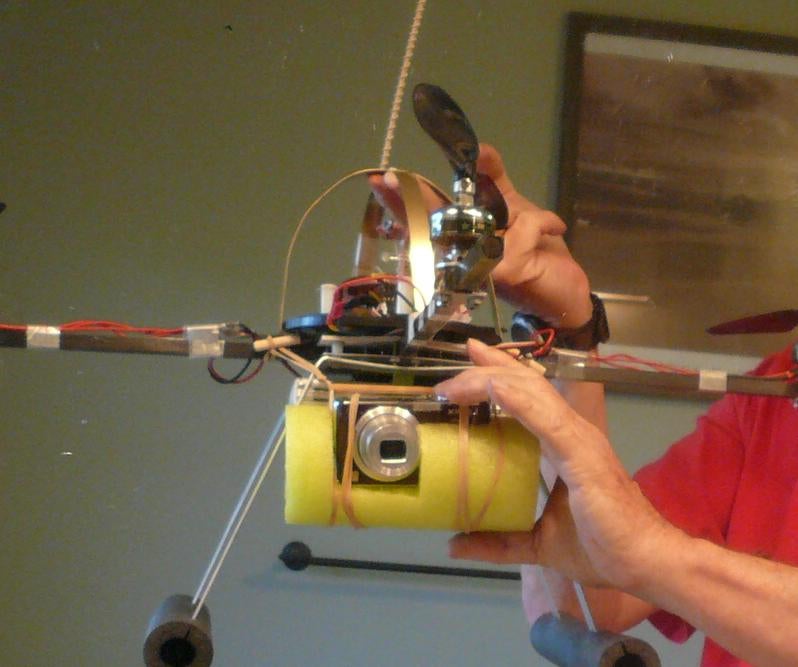
Their collective efforts laid the foundation for the drone technology we rely on today, and their contributions deserve immense credit for shaping the industry’s early innovations. Mike Cook also pioneered concepts like the “moonbounce,” an innovative method of bouncing signals off the moon to communicate over vast distances. His groundbreaking work in this area, detailed on his website AF9Y, showcased his knack for pushing the boundaries of technology with creativity and wit. Their collective efforts laid the foundation for the drone technology we rely on today, and their contributions deserve immense credit for shaping the industry’s early innovations.
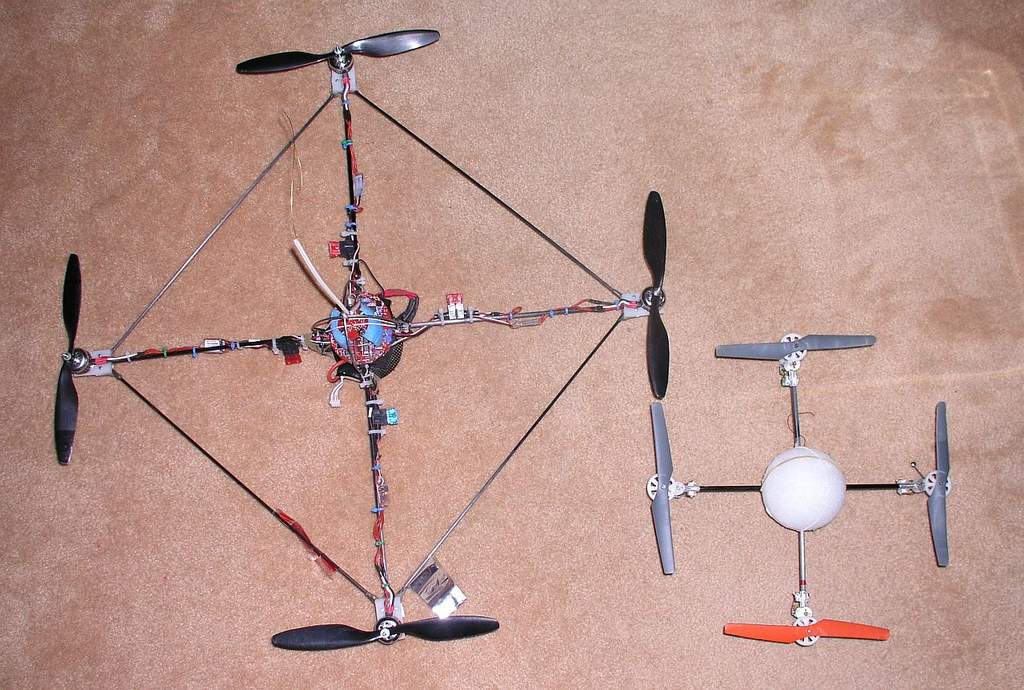
Around this time, the market saw the introduction of UAVP and later UAVP NG flight controllers. These boards were a significant improvement over Spectrolutions but were still plagued by frequent gyro failures, resulting in crashes.
It wasn’t until I received a MikroKopter (MK) flight controller paired with i2c ESCs that I gained the confidence to mount my small Lumix camera onto a drone. Holger and Ingo from MikroKopter saved the industry—and my photography—with their amazing German-made flight controllers. It was a huge leap forward in the industry, providing reliability and precision that had been missing in earlier designs. This breakthrough marked a turning point, allowing me to secure my first photography jobs with local real estate companies.
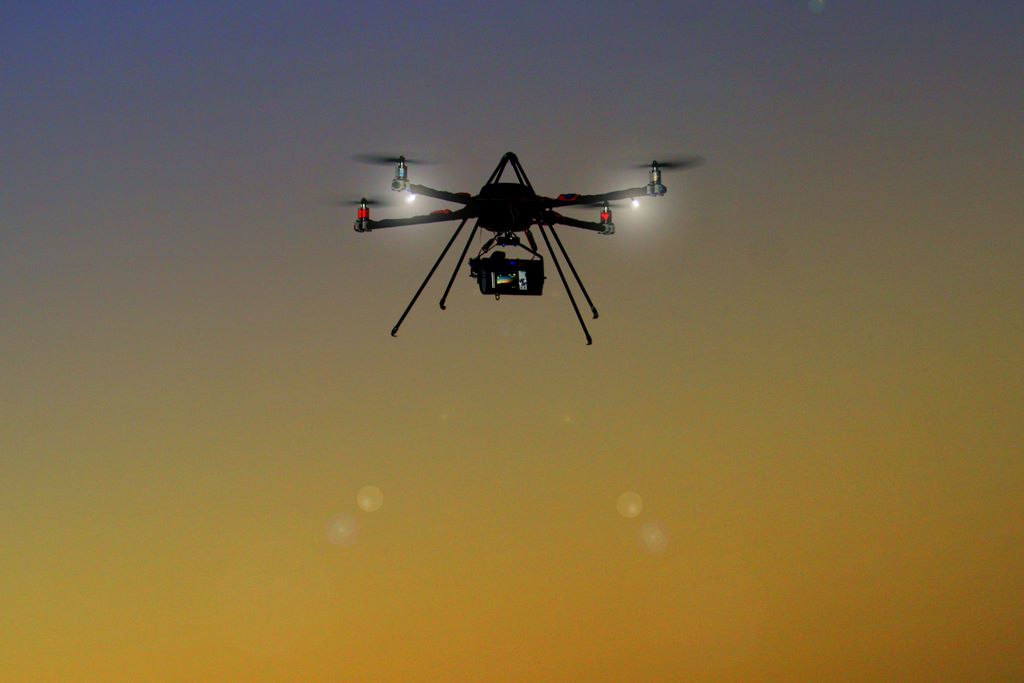
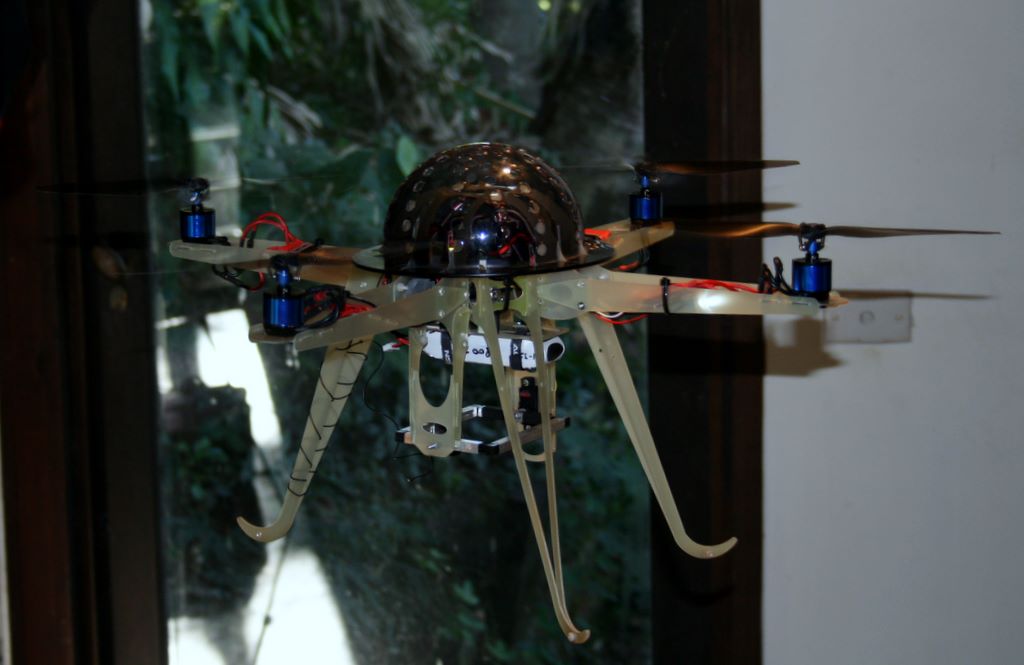
Turning Passion into a Business In the span of just 12 months, my skills and aerial capabilities attracted attention. . As I continued flying and capturing images, demand grew—people frequently approached me, asking if I could build drones for them. Recognizing the potential, I shifted gears from aerial photography to drone manufacturing and founded Aerobot, leaving my real passion of photography in the past and focusing more on design and innovation.


Building the Aerobot Legacy Aerobot quickly became a leader in the burgeoning commercial drone industry. As dealers for MikroKopter, we utilized their cutting-edge electronics to create ready-to-fly drones for a variety of applications. Over the next decade, Aerobot expanded its offerings, building everything from tiny long-range drones to heavy-lift systems capable of carrying specialized payloads. Our reputation for quality and innovation attracted clients from all over the world.
Milestones and Achievements Aerobot’s journey is marked by numerous highlights:
- High-Profile Projects: We worked with Top Gear, National Geographic, and the BBC, capturing stunning visuals from above.
- Volcano Mapping: Collaborating with Sam Cossman, we mapped a volcano, showcasing the potential of drones in exploration.
- Special Forces Collaboration: Over a decade, we built unique drones for special forces, provided training, and developed custom solutions for their missions.
- Industry Leadership: Aerobot was among the first companies to sell commercial drones, attracting clients ranging from the Royal Australian Air Force to police forces and even CASA (Civil Aviation Safety Authority). In our first year, we trained CASA on drone manufacturing, helping shape industry standards.
- Global Reach: People from across the globe traveled to Australia to learn from us and purchase our drones.
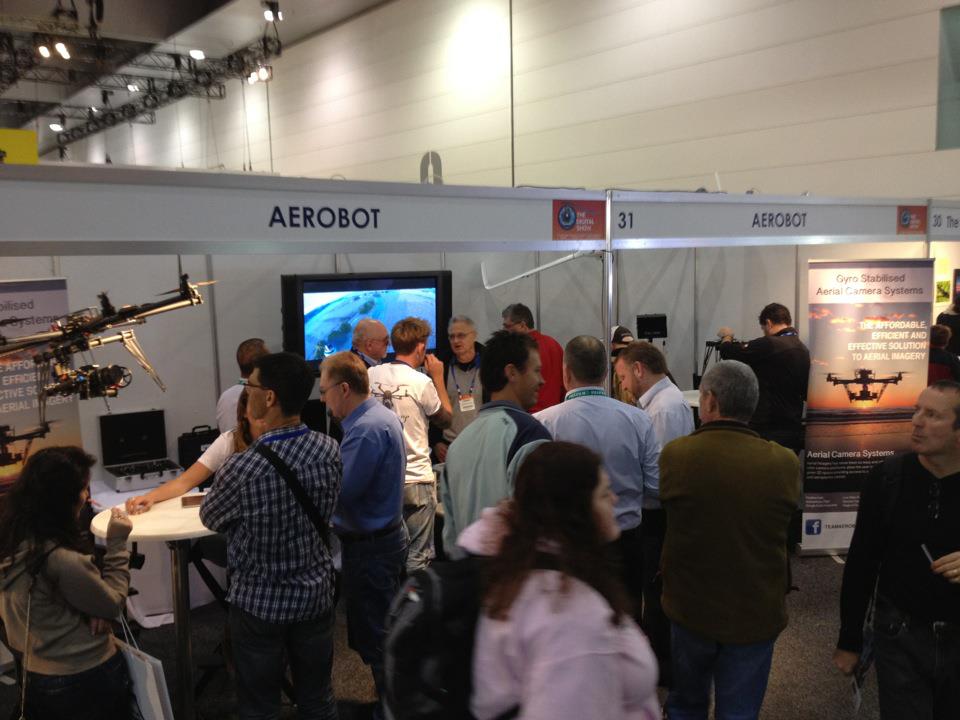
Challenges and the Arrival of DJI For years, Aerobot thrived as a pioneer in the commercial drone market. However, the industry underwent a seismic shift with the arrival of DJI. Their mass production capabilities and aggressive marketing strategies disrupted the market, making it nearly impossible for smaller companies like ours to compete. Despite this, Aerobot’s legacy endures as a testament to innovation, resilience, and the impact of early adopters in the UAV industry.
Looking Back The history of Aerobot is one of determination and ingenuity. From early experiments with rudimentary flight controllers to creating bespoke drones for some of the world’s most demanding clients, Aerobot played a pivotal role in shaping the drone industry. As I reflect on this journey, I am reminded of the countless flights, challenges, and triumphs that have defined Aerobot’s story.
The sky was never the limit; it was just the beginning.
